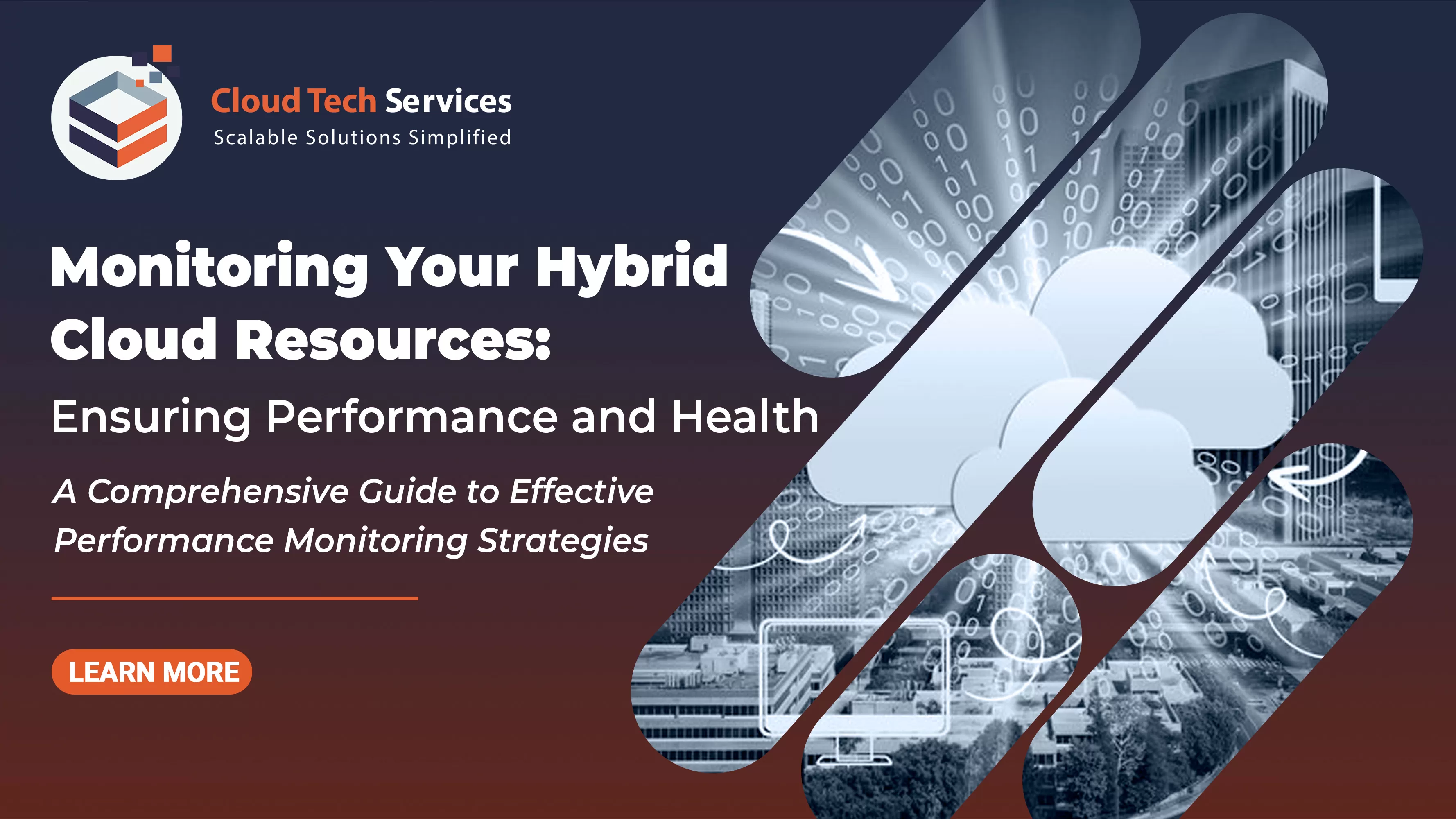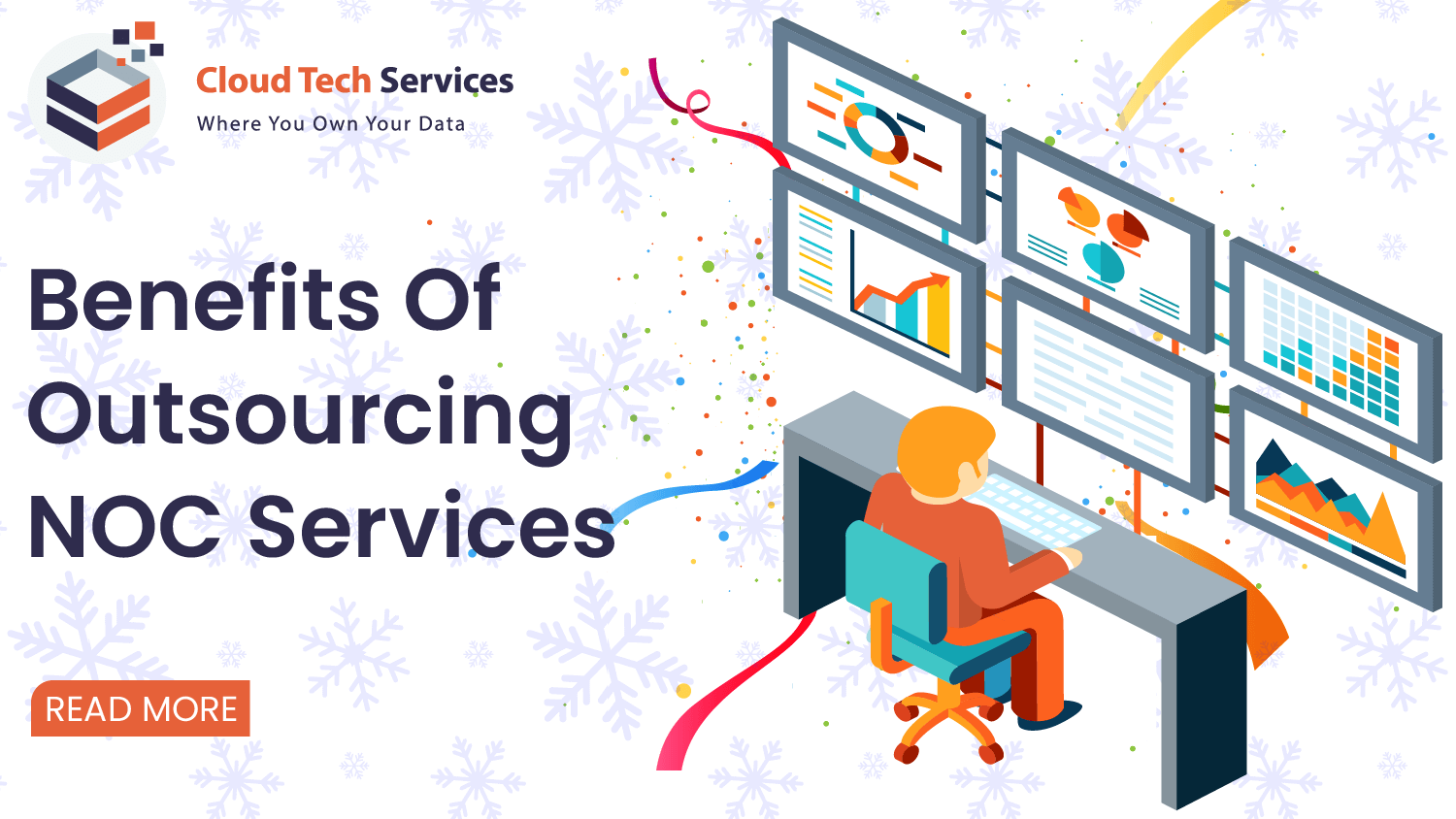How to Monitor the Performance and Health of Your Hybrid Cloud Resources

In today’s fast-paced digital world, ensuring the performance and health of your hybrid cloud resources is paramount. A smooth-running hybrid cloud is vital for optimal application performance, seamless user experience, and overall business success. However, monitoring and maintaining a complex hybrid environment can be a daunting task.
This blog post will guide you through the essential steps and best practices for effectively monitoring the performance and health of your hybrid cloud resources.
Identify Key Performance Indicators (KPIs) and Metrics
The first step in effective monitoring is defining the key performance indicators (KPIs) and metrics that are most relevant to your business goals and objectives. These might include:
- Resource utilization: CPU, memory, disk space, network bandwidth
- Application performance: Response time, throughput, error rate
- Infrastructure health: Availability, uptime, latency, resource errors
- Security posture: Firewall logs, intrusion detection alerts, compliance violations
Once you’ve identified your KPIs and metrics, establish baselines for acceptable performance levels. This will help you quickly identify deviations and potential issues.
Choose the Right Monitoring Tools
There are numerous monitoring tools available, each with its own strengths and weaknesses. Some popular options include:
- Public cloud providers’ native monitoring tools: AWS CloudWatch, Azure Monitor, Google Cloud Monitoring
- Third-party monitoring solutions: Datadog, Dynatrace, Splunk, New Relic
- Open-source monitoring tools: Prometheus, Grafana
When choosing a monitoring tool, consider factors like:
- Supported platforms and technologies: Does it cover the full breadth of your hybrid environment?
- Monitoring capabilities: Does it track the specific KPIs and metrics you need?
- Alerting and notification features: Does it provide timely and relevant alerts for potential issues?
- Integration with other tools: Can it integrate with your existing IT management tools?
- Cost and scalability: Does it fit your budget and scale with your needs?
Implement Multi-Level Monitoring
A layered approach to monitoring ensures comprehensive coverage and early detection of issues. Here are key layers to consider:
- Application layer: Monitor application performance metrics like response time and error rates.
- Infrastructure layer: Monitor resource utilization, health, and availability.
- Network layer: Monitor network bandwidth, latency, and packet loss.
- Security layer: Monitor firewall logs, intrusion detection alerts, and compliance violations.
Set Up Alerts and Notifications
Configure alerts and notifications to be informed about potential issues in real-time. This allows you to address problems proactively and minimize downtime.
- Alert thresholds: Define clear thresholds for each KPI and metric to trigger alerts.
- Notification channels: Choose appropriate notification channels like email, SMS, or mobile app for prompt alerts.
- Escalation rules: Set up escalation rules to notify different teams or individuals based on the severity of the issue.
Analyze Data and Take Action
Continuously analyze the collected data to identify trends, anomalies, and potential problems. Use the insights to:
- Optimize resource utilization: Identify and address underutilized or overprovisioned resources.
- Troubleshoot performance issues: Pinpoint the root cause of performance problems and resolve them efficiently.
- Improve security posture: Identify and mitigate security risks before they can cause major disruptions.
- Plan for future growth: Use data-driven insights to anticipate future resource needs and scale your infrastructure accordingly.
Automate Monitoring Tasks
Automating repetitive tasks like data collection and analysis can free up your time and resources for more strategic initiatives. Consider using automation tools for:
- Automated data collection: Set up automated scripts to collect data from various sources.
- Alert correlation: Use automation to correlate alerts from different tools and identify root causes.
- Self-healing actions: Implement automation to trigger pre-defined actions for specific issues, like restarting a service or scaling resources.
Continuously Improve Your Monitoring Strategy
Monitoring your hybrid cloud environment is an ongoing process. Regularly review and update your monitoring strategy to reflect changes in your environment, business goals, and technological advancements.
Monitor Your Hybrid Cloud with Confidence
Ensuring the performance and health of your hybrid cloud resources is crucial, but it can be a complex task. Cloud Tech Services can help you simplify and optimize your monitoring processes. We offer comprehensive solutions, including:
- Automated alerts and notifications: Be informed about potential issues proactively.
- Expert analysis and guidance: Gain valuable insights and recommendations for improvement.
- Integration with your existing tools: Leverage your existing IT infrastructure for seamless monitoring.
Let us help you monitor your hybrid cloud with greater efficiency and effectiveness.
Conclusion
Effectively monitoring the performance and health of your hybrid cloud resources is crucial for maintaining a robust and reliable IT infrastructure. By following these best practices and adopting a proactive approach, you can ensure optimal performance, prevent potential problems, and maximize the value of your hybrid cloud investment.
Consider Cloud Tech Services as your go-to partner for supplying hybrid cloud resources to your business. Get in touch now to discover how our team can assist you with our strong lineup of solutions.














